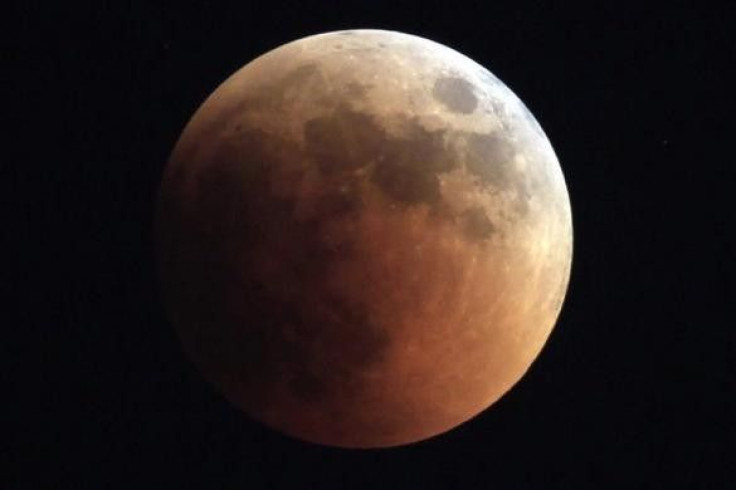June 15 lunar eclipse longest in a decade

The first total lunar eclipse in 2011 will take place on Wednesday, June 15, and was the longest eclipses of the moon in the past 11 years, lasting just over 100 minutes.
This month's full moon will start moving into the central Dark part of the Earth's shadow, known as the Umbra, which is relatively rare.
In the last 100 years, only three other eclipses have rivaled the duration of totality of this eclipse.
The last lunar eclipse closer to the center of Earth's shadow was on July 16, 2000, when it lasted 107 minutes. The next central total lunar eclipse will be on July 27, 2018.
The spectacle wasn't viewable in North America, however.
The entire lunar eclipse was expected to be visible from eastern Africa, the Middle East, central Asia and western Australia. European skywatchers missed the very beginning of the eclipse, because the moon was still below the local horizon when the event began.
Still. thousands still watched the stunning lunar eclipse live online.
Google and the skywatching website Slooh teamed up to offer live views of the eclipse from Dubai, South Africa and Cyprus, with Google modifying its homepage logo for the cosmic event.
A live view of the moon, as it appeared in the Slooh camera, took over one of the letter O's in the company's logo.
The next total lunar eclipse will fall on Dec. 10, 2011, which will be visible from all of Asia and Australia and parts of the U.S. including Hawaii and the Pacific Northwest, while rest of the continental U.S. will have to wait until April 15, 2014 to witness a total lunar eclipse.
Lunar Eclipse June 2011: Amazing photos from around the world [PHOTOS]
© Copyright IBTimes 2024. All rights reserved.











